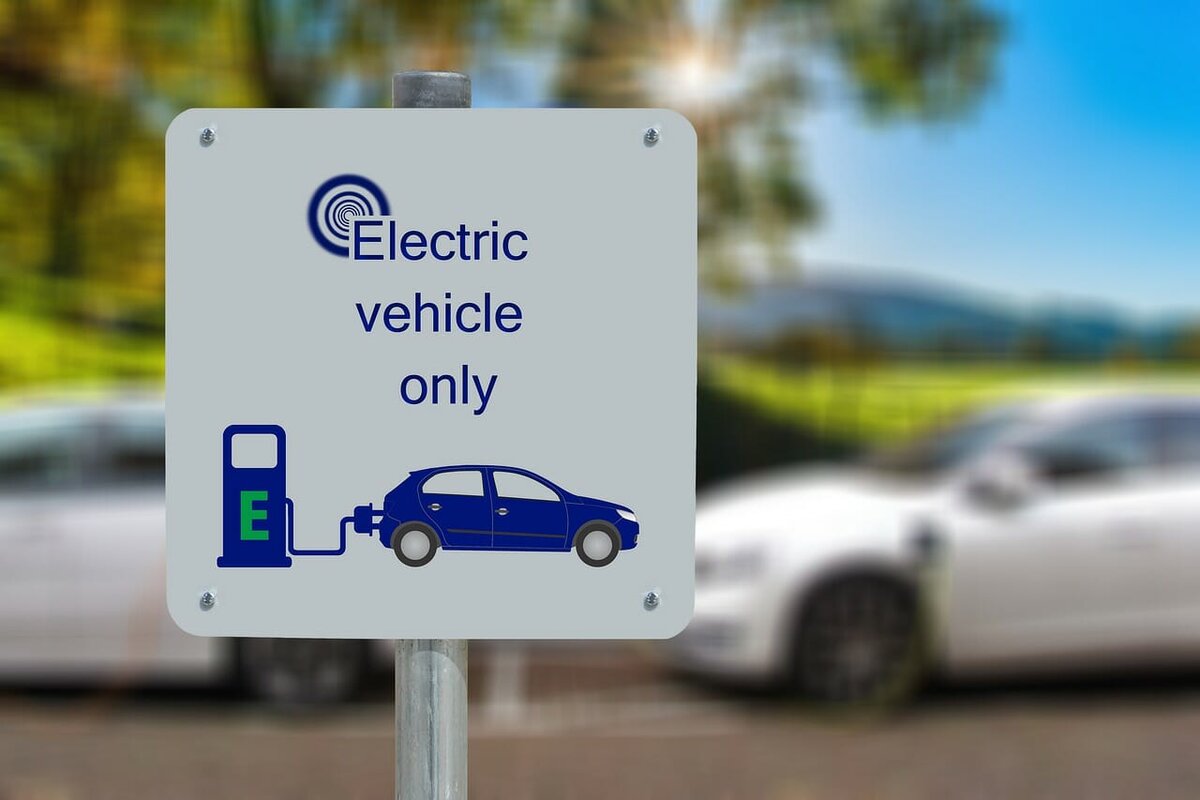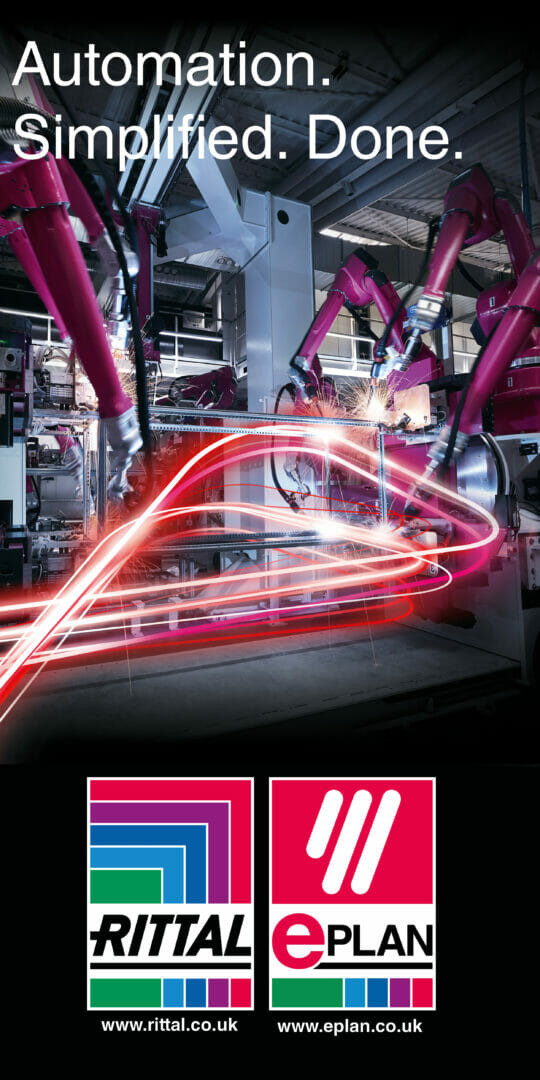Following a surprise break into the electric vehicle (EV) market, Dyson’s £2 billion project came to the end of the road in October 2019. As the famed maker of vacuum cleaners and hair dryers failed to find a way to make its project commercially viable, is the EV hype fizzling out? Here, Simone Bruckner, managing director of power resistor manufacturer Cressall Resistors, busts some of the myths in EV uptake.
Tesla’s electric Model 3 may have overtaken the Ford Focus as the UK’s third bestselling car in August 2019, but its success doesn’t change the fact that only 1.1 per cent of new cars sold in the same year were electric. Despite the UK’s aim to end the sale of new petrol or diesel vehicles by 2040, why are people reluctant to go electric?
Plugging in
Parliament’s business, energy and industrial strategy (BEIS) select committee has described Britain’s charging infrastructure as “poor” and “lacking in size and geographical coverage”, with experts saying that this is one of the greatest barriers to widespread adoption in the UK.
Zaps Maps is one of the most popular charging maps for hybrid and electric vehicle users, and features statistics on the number of charging stations available in the UK. Most of the chargers located on the map are found in and around built up areas, which is great for city dwellers, but less so for those living in rural areas or people living in between cities who are often lacking sufficient charging points.
Alongside uncertainty over charging infrastructure, the driving range of electric vehicles also steers people away from purchasing. Fears of being left stranded by an exhausted battery are a common concern, with many believing that EVs don’t go far enough on a single charge.
Bust the myths
However, this is often more of a psychological barrier rather than a real drawback. The reality is that most car journeys are less than 30 miles long, giving drivers ample opportunity to recharge their vehicle once the journey is over. A lack of charging points also appears to be something of a myth. In fact, data published by Nissan reveals that there are now more EV charging points in the UK than conventional fuel stations.
Turn to tech
One method that further soothes consumer concerns is regenerative braking. Traditional friction brakes convert the kinetic energy from a car’s motion into heat, which is then lost. On the other hand, regenerative braking retains this otherwise lost energy so it can be used elsewhere.
When an EV’s wheels are turned by electric motors, the motor runs in reverse to slow the vehicle when the brake is pressed, turning it into a generator that produces energy that can then be stored in the battery. During regenerative braking, this motor turns backwards to slow the vehicle. The energy from the movement of the vehicle causes the motor to run in reverse and energy that would usually be lost through braking is captured. This extra energy can help to extend the range of the battery cycle, and improve overall battery health.
However, this process is not possible when the battery is already full, and an attempt to add even more energy into the battery could lead to overloading or — even worse — the risk of not braking at all. With heavier vehicles such as coaches and trucks, the struggle to discharge excess energy is particularly common. This is why a backup system must always be employed, in the form of a resistor, like Cressall’s EV2. The resistor safely discharges unrequired captured energy to support the top braking effect, which can help supply heating to the vehicle’s cabin too.
While Dyson may have pulled the brakes on its EV project, that doesn’t mean we should all back out of going electric. While there are some anxieties over EV infrastructure and battery capabilities, having the right technology in place in any electric vehicle will help ensure a smooth and safety journey towards greener travel.








